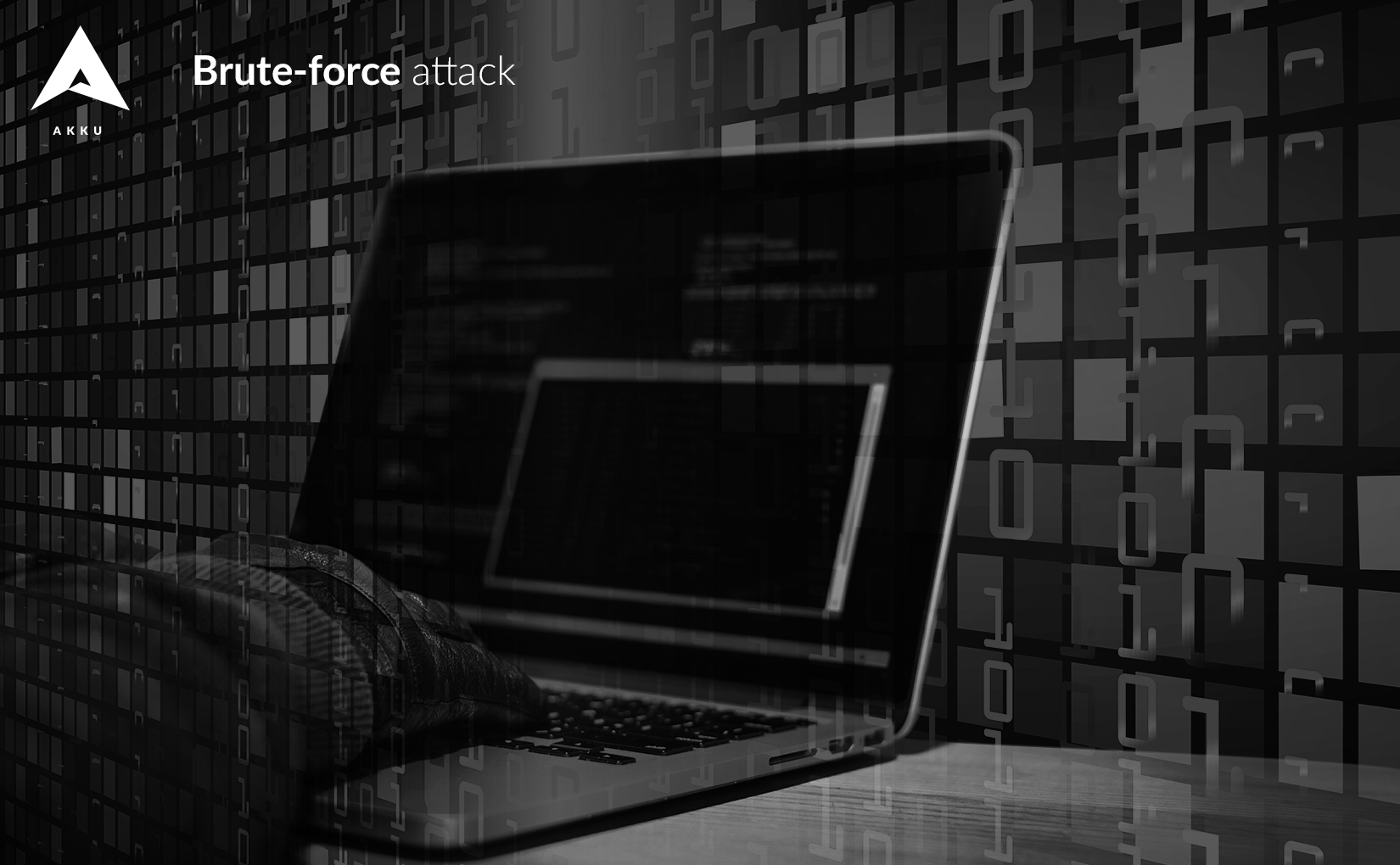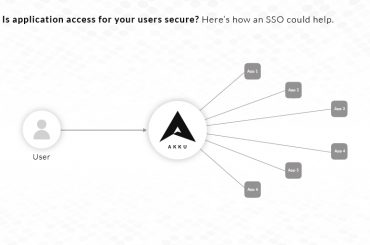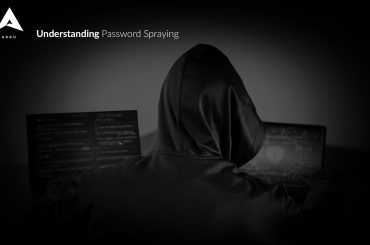A brute-force attack is a type of cybercrime which involves automated hacking activity using bots. The primary aim of a brute-force attack is to crack a password in order to gain access to a user account in an unauthorized manner. Using the automation tool, an attacker repetitively attempts different alpha-numeric combinations at considerable speed – thousands per second – until the user’s password is determined and the account is unlocked.
With the advent of the cloud and the rapid innovations in technology, a brute-force attack has emerged as one of the most common types of outsider attack against web applications.
Here are three steps that will go a long way in improving the security of your network against brute-force attacks:
Enforce a strong password policy
A password is the first line of security when it comes to preventing unauthorized access. A strong password policy, therefore, can ensure that your users set up passwords that are strong and not easily compromised. Here are some important aspects you can regulate by setting up a password policy:
- Password Length
A brute-force attack typically works by continuously trying every possible combination using numbers, letters and special characters. The shorter the password length, the fewer the combinations and the easier it is to crack. If the password length is known (or is fixed), again, it becomes easy for the attacker to attempt combinations of that particular length, although it will take longer depending on its length.
- Password Complexity
A dictionary attack is a subset of the brute-force attack, which attempts to crack a password by trying all English words and then trying them with multiple combinations of other words and numbers. If users are setting simple passwords because they are easy to remember, they will also be easier to crack.
- Password Expiry
Periodically, the system must prompt the user to change their password so that any possible ongoing attack can be effectively guarded against. Moreover, this practice will also mitigate undetected breaches of privileged accounts.
Use multi-factor authentication
Multi-factor authentication puts an additional layer of security between the brute-force attacker and your data. With MFA, even if the password has been correctly identified by the bot, the attacker will be unable to proceed because the system will require either an OTP or a confirmation from a different device (such as a smartphone app).
Another way to set up an additional layer of security at the login point would be to use a captcha – a box showing warped text or images and require manual entry of a response. This will effectively keep out a bot that is executing automated scripts.
Set up an account lockout policy
Set up a policy wherein you can detect and block suspicious login attempts. Locking an account after three failed login attempts, or attempts to login from a different country or an unlikely hour can prevent intruders from entering into the system. To resume work, the authorized user will need to seek administrator intervention to unlock the account.
You can also set up a progressive delay lockout wherein an account is locked for a fixed period of time after a certain number of failed login attempts. The lockout period can progressively increase with the increasing number of failed attempts and helps keep out brute-force attack bots long enough to make them ineffective.
Akku is an Identity and Access Management (IAM) solution that comes equipped security features to accomplish all the steps described above. Whether you are working with cloud-based or on-premise apps or a combination of both, Akku can help you protect your data from brute-force attacks. Contact us today.





